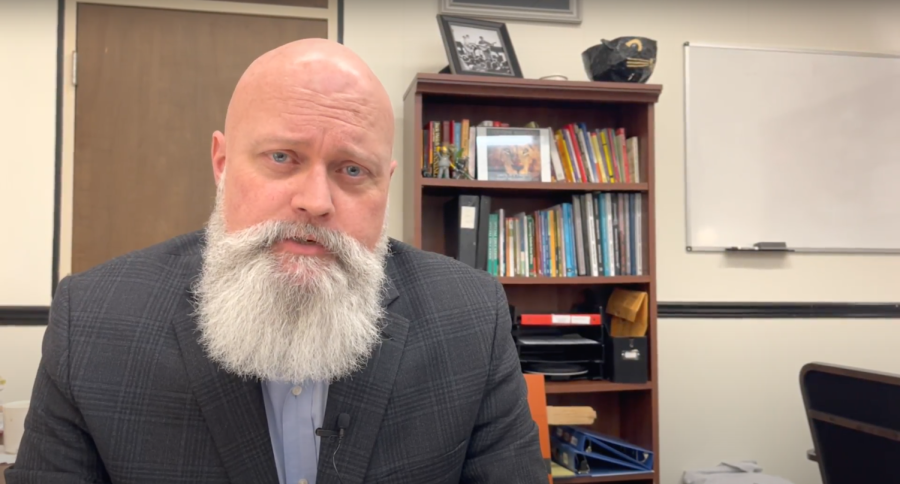Cyberbullying over social networks has become a rapidly growing trend over the past few years with today’s middle and high school population. Every day, hate messages are sent publicly and anonymously to Internet users all across the world.
This type of bullying is being used more and more, since the “bully” doesn’t have to show his face to the person at all. It can be kept completely secret with no punishment given.
In schools throughout America, there are anti-bullying posters, as well as school assemblies dedicated to protecting students while inside the building. However, many students feel alone, as though the emerging outlet of bullying isn’t being given the same attention
“Cyberbullying is happening over phones and computers, so it’s not seen as much as in-school bullying is,” said Michael Lewter, Middletown High School freshman.
In many cases, people might not see the bullying happening online because it’s easier for bullies to shield their identities.
“You can’t hide yourself when you bully someone face-to-face,” said Sam Ramsey, MHS junior, “but when it’s over the Internet, there’s so many ways to make it private.”
From anonymous messages to fake Twitter profiles, the possibilities are endless for the bullies to use.
“Since it’s not face-to-face contact, the bullies think it won’t hurt or affect the person as much, when really it will,” said Phil Taylor, MHS junior.
News reports in the last month have shown that more than half of students in schools have either been a victim or an aggressor of Internet bullying. These numbers have been growing alongside the boom in popularity of social media in the last decade.
The reports indicate that many young people are using the web to send hate because they are insecure, and feel in control and in power when they send the messages.
The question arises if schools should shift their focus to the problem with cyberbullying as it is becoming more prevalent. This is a difficult task for both administrators and parents alike.
“The cyberbully goes to the computer because he thinks he can get away with it,” said Max Trevor, MHS senior.
It’s much easier to find the person that bullies someone in school than on the Internet. If a student is receiving no-name messages, it becomes a major issue because they can’t track down who sent the messages as easily.
“I would probably just delete my account so I wouldn’t get the messages anymore. That’s the option that would solve the problem completely,” said MHS junior Jenny Stollar.
As social media websites become more frequently used by youth, cyberbullying will soar and become an even greater issue than it is today. In the next few years, schools will be faced with having to help victims of this faceless crime.
“All it is rumors and gossip,” said MHS senior Jenna Kopras. “Just people that are making up stuff that are too scared to say it to the person’s face. All they want is the reaction.”















